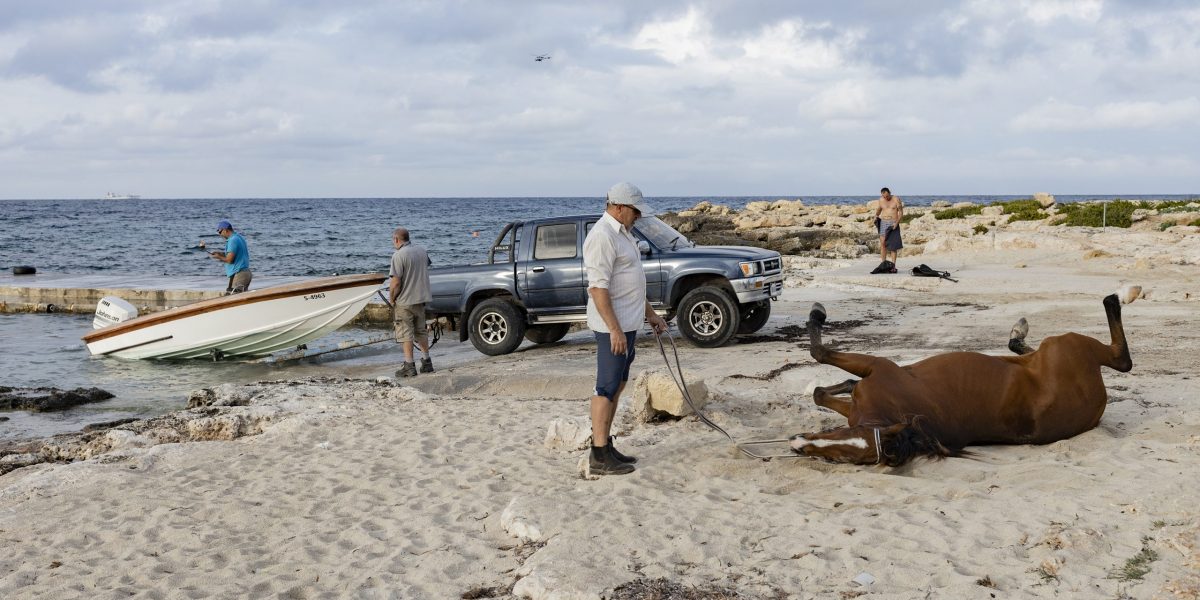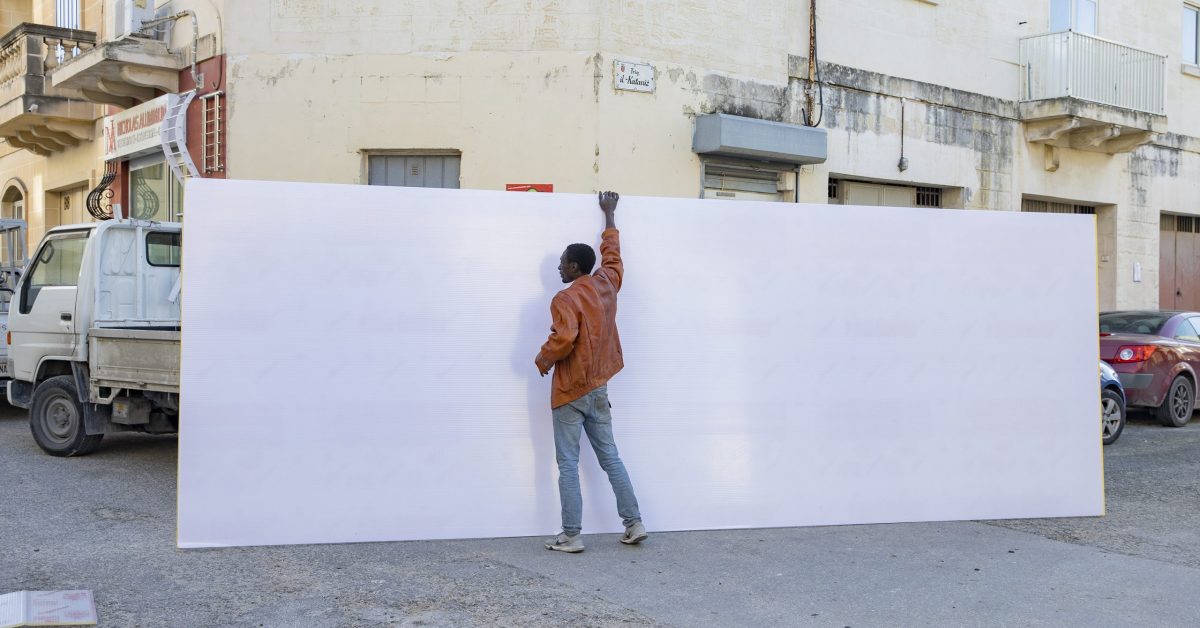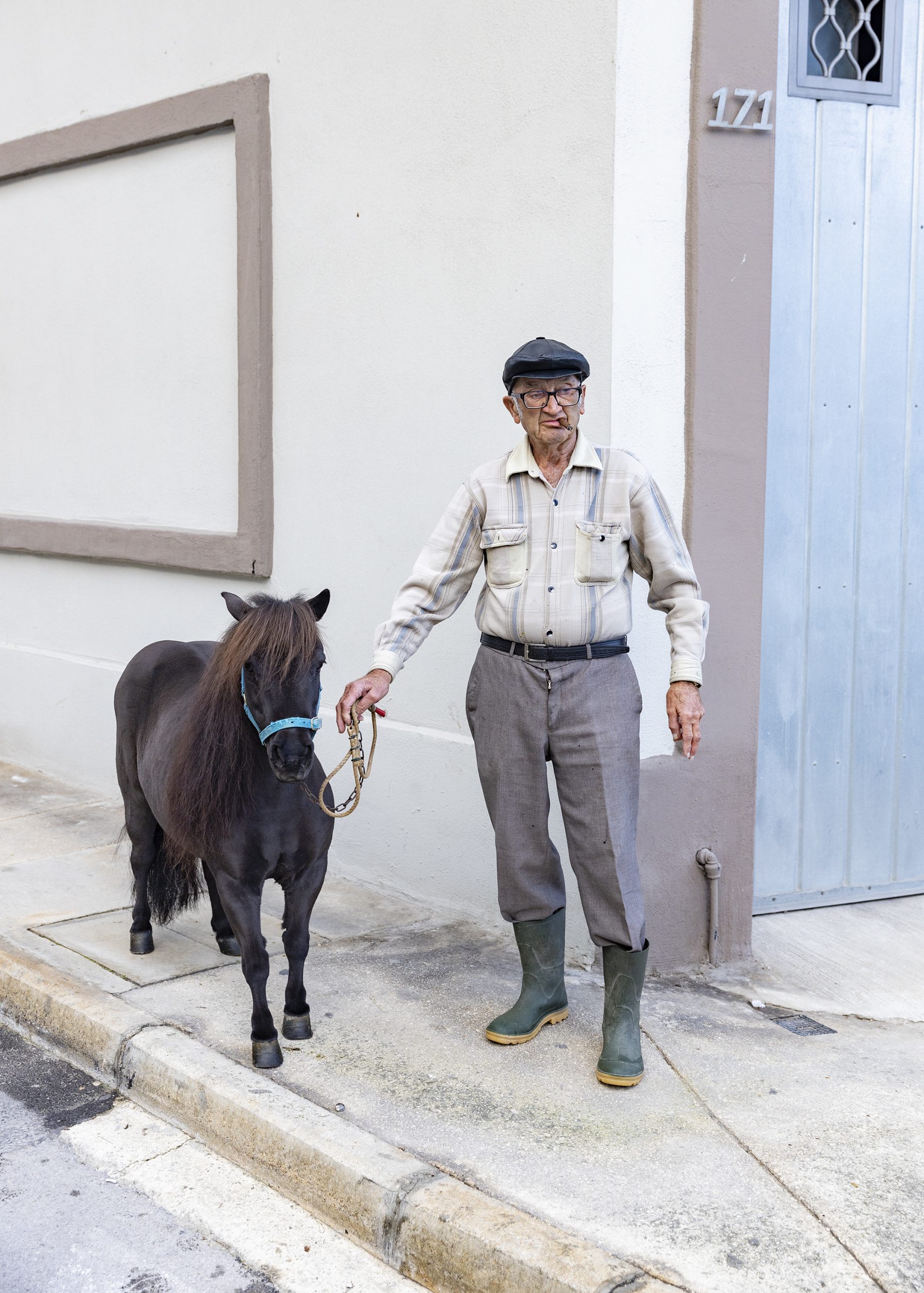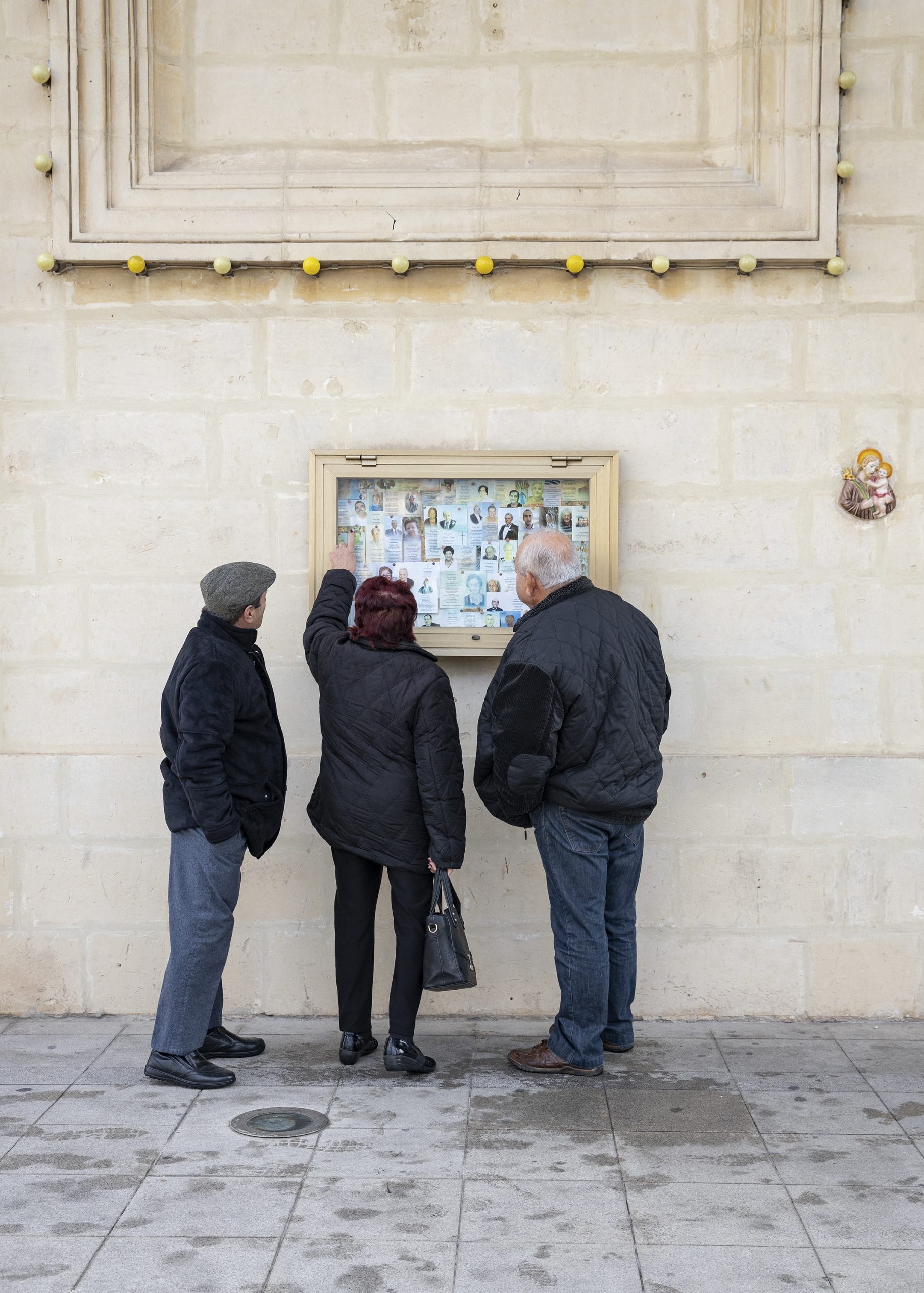Canon EOS R review – Hands-on insights by local photographer Inigo Taylor
Canon’s EOS R system was launched in September 2018 and since then Canon have produced two models of this family, the EOS R and the EOS RP. This revolutionary new technology attracted a lot of the photographers interest. Having said that, being a totally new technology it has also raised many questions and many are those who found/find it difficult to choose/switch between a DSLR and the EOS R.
In this blog post we are sharing with you a review by Inigo Taylor, a locally based professional photographer who has decided to do the switch between his Canon EOS 5D MK IV and the EOS R.
Here’s his brief about his 5-month hands-on experience working with the Canon EOS R:
Disclaimer: This is not a technical or detailed review of the Canon EOS R but an impression of the camera after 5 months of use. Many of the advanced features I have never used and it is likely I will not. I have written this brief overview coming with certain reservations from using SLR cameras for so long and being more than satisfied with how the Canon EOS R has benefited my photographic practice.
To say I had reservations about “going” mirrorless would be an understatement. Having been a user of the Canon EOS 5D cameras from the first version I have always been more than satisfied with the durability, usability and image quality from a “workhorse” lineage of cameras. With the arrival of the Canon EOS R and the rumoured high quality optics in the new RF mount I decided to buy into the new system and get used to mirrorless photography slowly on my own terms as opposed to it replacing my Canon EOS 5D MK IV for commercial work straight away. Of course the various adapters that accompany the Canon EOS R allowing for seamless use of nearly all EOS lenses meant that for me with, a cabinet full of EOS lenses, I could, for now, trial the camera system without investing in an entire new set.
Instantly the small form factor yet rugged build quality of the EOS R feels like it is taken from the EOS 5D series, and although the absence of a pentaprism affects the overall shape of the body, the well moulded and ergonomic grip are very well thought through and comfortable for the user. I intended the EOS R to be an everyday camera for personal work on my projects aside from commercial work as I wanted to get used to the ins and outs and differences from Reflex cameras. At the time of purchasing the body I also picked up an EF 40mm f/2.8 STM pancake lens to use as a walk around lens with this system. Its low profile mounted on the lens adapter keeps the camera’s profile down for everyday shooting and so far they have proved to be a great combination.

Photo taken by Inigo Taylor using the Canon EOS R
The EF 40mm pancake lens I decided to pare the R adapter to keep a slim profile has proven to be a great optic, its focal length sits between semi-wide and standard and is extremely flexible as a walk around everyday lens. Although I have started to compose in the 4:3 ratio with the R, shots like this call for the proportions of the classic 35mm – 3:2 ratio.
Initially the biggest difference moving from DSLR to mirrorless for me was the customisation of the camera to suit what I need. With my DSLRs I would use certain custom features and buttons but usually I used the cameras as standard. As soon as I started using the EOS R it became apparent that customisation of buttons and modes was essential to get what the photographer needs out of the body, for example assigning a convenient placed button for changing ISO, was one of the first adjustments I made. One of the aspects of the camera’s design I have not used, or should I say, gotten used to is the command bar . After trying to work it in to my shooting it didn’t seem to suit what I need, but in reality it takes up no space and is not detrimental to the ergonomics of the body at all. Of the reviews and feedback I have seen on the camera this is something most users seem to agree upon.
One of the more overlooked aspects of shooting with mirrorless I have appreciated is the ability to change aspect ratio in viewfinder. Of course, live view on DSLRs has allowed this for some time but composing through the viewfinder especially with hand held shooting is often preferable. Although we can crop to a chosen aspect ratio in post processing software, the ability to compose in a new shape/format can add a new element to your composition etc.

Photo by Inigo Taylor using the Canon EOS R
With its diminutive size unlike my EOS 5D’s I am able to keep the camera in my tank bag on my motorcycle allowing me to be ready for quick shots like this that otherwise I would have likely missed.
The rotating screen is also a welcome feature, especially for me when working on a tripod at awkward or high angles; it is also beneficial to use the camera when shooting handheld with the screen closed, we resist the temptation to review images constantly and with exposure preview being instant in the viewfinder with even histograms being optional while shooting there isn’t the need to check images for reassurance as we shoot. On the other hand in bright light I have found reviewing the images, when necessary, through the viewfinder very useful and far better than squinting at the screen. The manual focusing aid is also very useful and very responsive and easy to operate.
In terms of autofocus speed and accuracy I have been particularly impressed. As previously stated, I am using EF glass through the adapter and considering that these lenses are not native to the camera mount, autofocus accuracy is vastly improved (for me personally) over shooting on DSLR’s which shows the potential of the camera with the development of lenses specifically designed for the system. That being said I have used a wide range of EOS lenses ranging from modern pro zoom lenses to older early 1990’s prime lenses like the EF 28mm f/2.8 and I have seen great performance across all of my optics. I was initially sceptical of the balance of the camera with the lens adapter specifically with the EF 24- 70mm f/2.8 L , in actual fact I have grown to like the feel and balance with even my EF 70-200mm f/ 2.8 IS. Even old ex flashes sync perfectly and give great exposure accuracy, I have used my Canon Speedlite 430EX III, Speedlite 600EX II-RT and a tiny Speedlite 220EX and all work brilliantly for different applications.

Left: In taking this quick roadside portrait I made use of the responsive exposure preview to ensure his face was not underexposed. This shot demonstrates the EOS R’s smooth and neutral colour palette, one of my favourite aspects of the camera so far.

Right: In available light, the silent shutter mode can be very useful in quiet situations such as this scene, even when it isn’t possible, for example, under certain lighting or with flash the shutter itself is much less clunky with the absence of a reflex mirror.
When it comes to what really counts, image quality, the sensor shares much of its characteristics and qualities with the EOS 5D MK IV, a camera which produces brilliant colours and tonality, and if I have to be honest, in the EOS R I have only seen an improvement. Much of the time I have been using the camera it has been set at low ISO settings, on a tripod and closed down between f/8 and f/16. When I shoot handheld I try to be methodical and stick to either ISO 160 or 400 and f/8 to f/11. I rarely shoot wider than f/4 but when I have, AF accuracy and overall image sharpness to my eyes seems greatly improved over shooting faster apertures on my DSLR’s. As I had previously said I have not used a fraction of this systems features and till now I have made very few images over ISO 800, so I cannot comment upon high ISO performance in great detail.
My only major gripe with this system is the single card slot. However, this comes from a paranoia of issues with memory cards from many years ago and with SD card technology as advanced as it is now, and if you use reputable high quality cards, this issue is far less prevalent than it used to be and I look forward to seeing dual slots in the EOS R’s fully professional update.
The EOS R is an adaptable and capable system. I have found it has fitted into my style of shooting almost seamlessly to the point of after only 5 months of using the system I feel ready to commit to mirrorless shooting for all of my photography, professionally and personally. The one aspect I have almost forgotten to discuss, and in many ways what sets mirrorless cameras apart, is their size and weight, and this on its own is a major selling point and my shoulders can certainly vouch for that!
To get a complete insight on the EOS R system, we’ve supplied Inigo with a selection of RF lenses. He will be following up this write-up with a second review about the full potential of the EOS R when using the RF lenses.
If you found this review interesting and helpful we invite you to visit this space for the next review.
See more about Inigo Taylor and his work by visiting his website and following him on Instagram.
